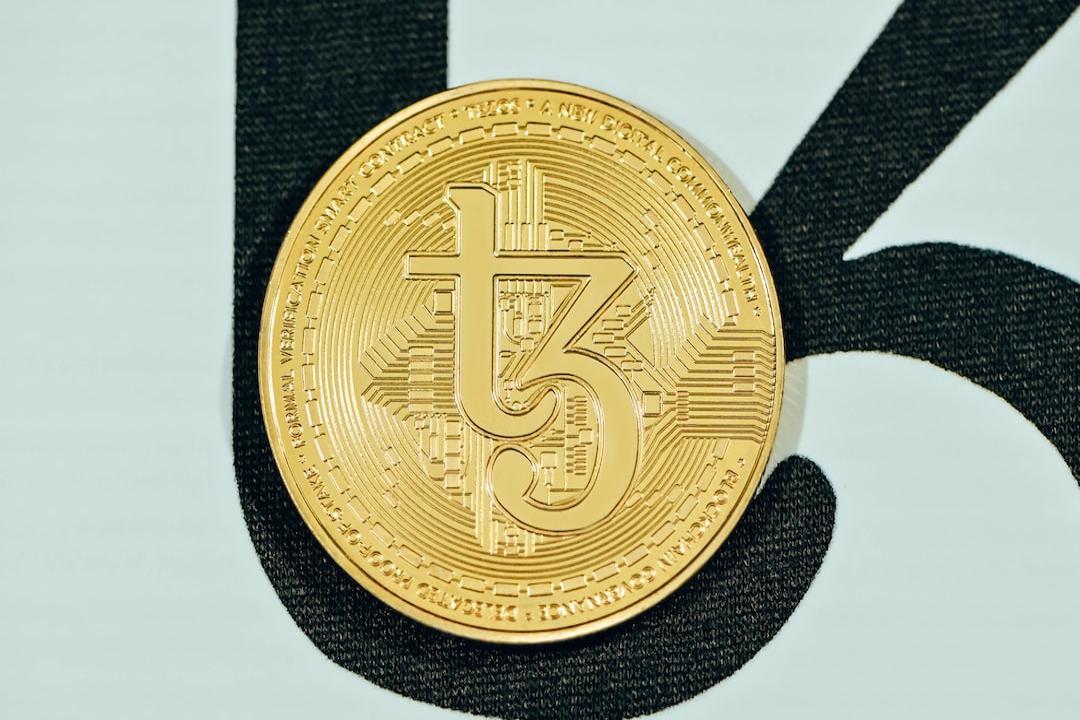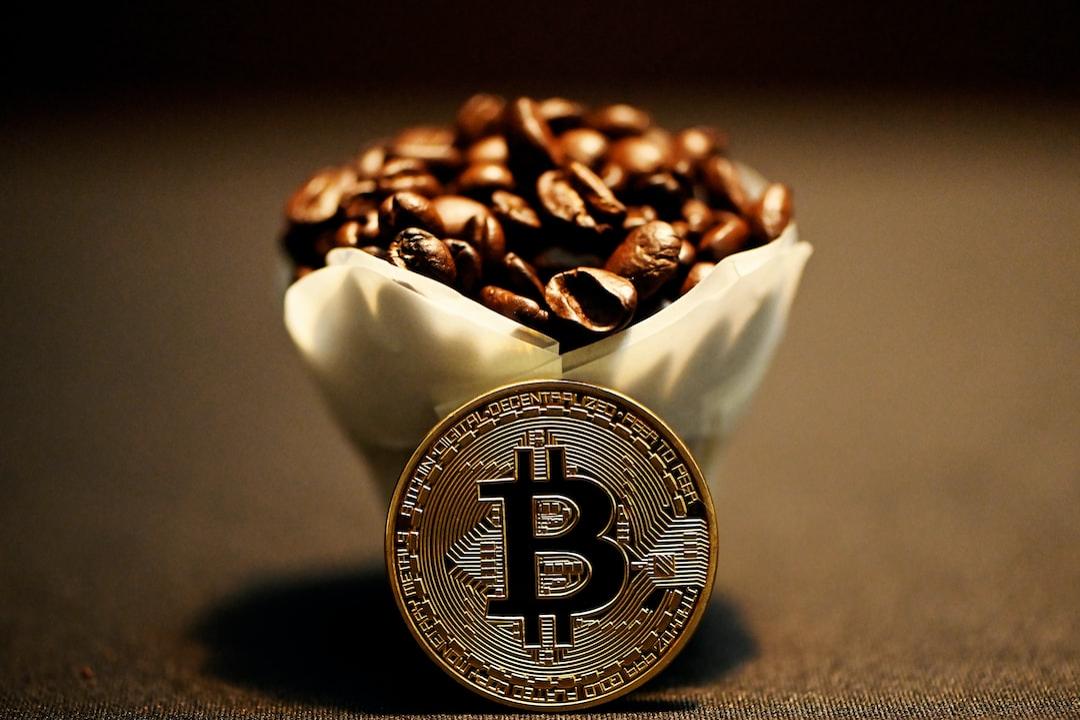Federal Reserve Decision: Rates Unchanged, Economic Growth to Slow, Inflation to Rise
This morning, the Federal Reserve decided to keep interest rates unchanged, but it expects economic growth to slow and inflation to rise. Nick Timiraos, a journalist from The Wall Street Journal known as the “Fed’s mouthpiece,” analyzed that Fed Chairman Jerome Powell did not send a more hawkish signal on tariff inflation, which helped the U.S. stock market rally. However, the Federal Reserve still faces policy challenges ahead.
Background: Bitcoin Surpasses $87,000, Powell Signals Slower Balance Sheet Reduction from April, Two Rate Cuts Expected This Year
Supplementary Information: Tonight’s Fed meeting focuses on three key points: the interest rate dot plot, quantitative tightening adjustments, and tariff impact assessments.
The U.S. Federal Reserve today, as expected, decided to keep the benchmark interest rate unchanged at 4.25%-4.5%. At the same time, it will slow the pace of balance sheet reduction. Officials still expect two rate cuts this year, easing market tension.
Powell’s Decision Lifts Market Sentiment
Nick Timiraos, a journalist from The Wall Street Journal, analyzed that the Federal Reserve decided to maintain the interest rate at approximately 4.3% while assessing how a series of policy changes under the Trump administration in areas such as trade, immigration, spending, and taxation would impact the economic outlook. Recently, due to cuts in federal spending and rising tariffs, consumer confidence has significantly declined.
Fed Chairman Jerome Powell stated at a press conference on Wednesday that now is a good time to wait for clearer signals. Timiraos pointed out that investors were relieved that Powell did not release a more hawkish signal on tariff inflation, which contributed to the rise in U.S. stock markets.
Last year, the Federal Reserve attempted to strike a balance between inflation and economic growth. Currently, inflation has significantly cooled, dropping from 5.5% two years ago to 2.5% in January of this year. Officials aim to avoid a repeat of the aggressive interest rate hikes of 2022-2023, which caused a sharp slowdown in economic activity, especially as wage and price growth has already slowed.
As a result, the Federal Reserve reduced the interest rate by 1% from September to December last year, but they also do not wish to reverse the progress made in fighting inflation. The Trump administration pushed forward a series of unpredictable economic policies, including deregulation and measures to lower energy prices, which may promote economic growth and further curb inflation.
The Federal Reserve Faces Policy Dilemmas
Recent economic data has been sending mixed signals. Michael Reid, Senior U.S. Economist at RBC Capital Markets, stated that the Federal Reserve is in a tricky situation. On one hand, there are signs of a slowdown in the labor market, although these changes may not be immediately reflected in the employment report. On the other hand, tariffs may lead to higher inflation data for the year.
Facing the prospect of stagflation—where economic growth stagnates while prices rise—could make it more difficult for the Federal Reserve to use interest rate cuts to prevent an economic slowdown.
The report noted that the Fed’s response will largely depend on whether businesses and consumers expect prices to continue rising. The central bank believes that inflation expectations can become self-fulfilling. If workers, landlords, and business owners generally believe that inflation will persist, they will adjust their financial decisions accordingly, further pushing prices upward.
Frank Sorrentino, CEO of ConnectOne Bank, expressed concern that the market may develop a “psychology of inflation.” Even if the price hikes caused by tariffs are temporary, the market’s expectation of tariffs is linked to inflation. Some companies have already started adjusting their prices in advance.



